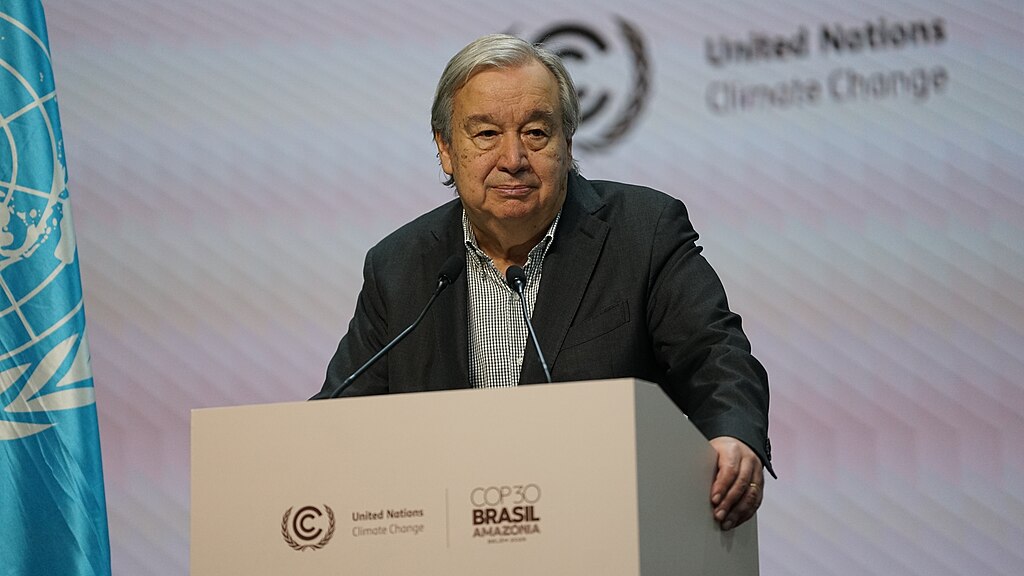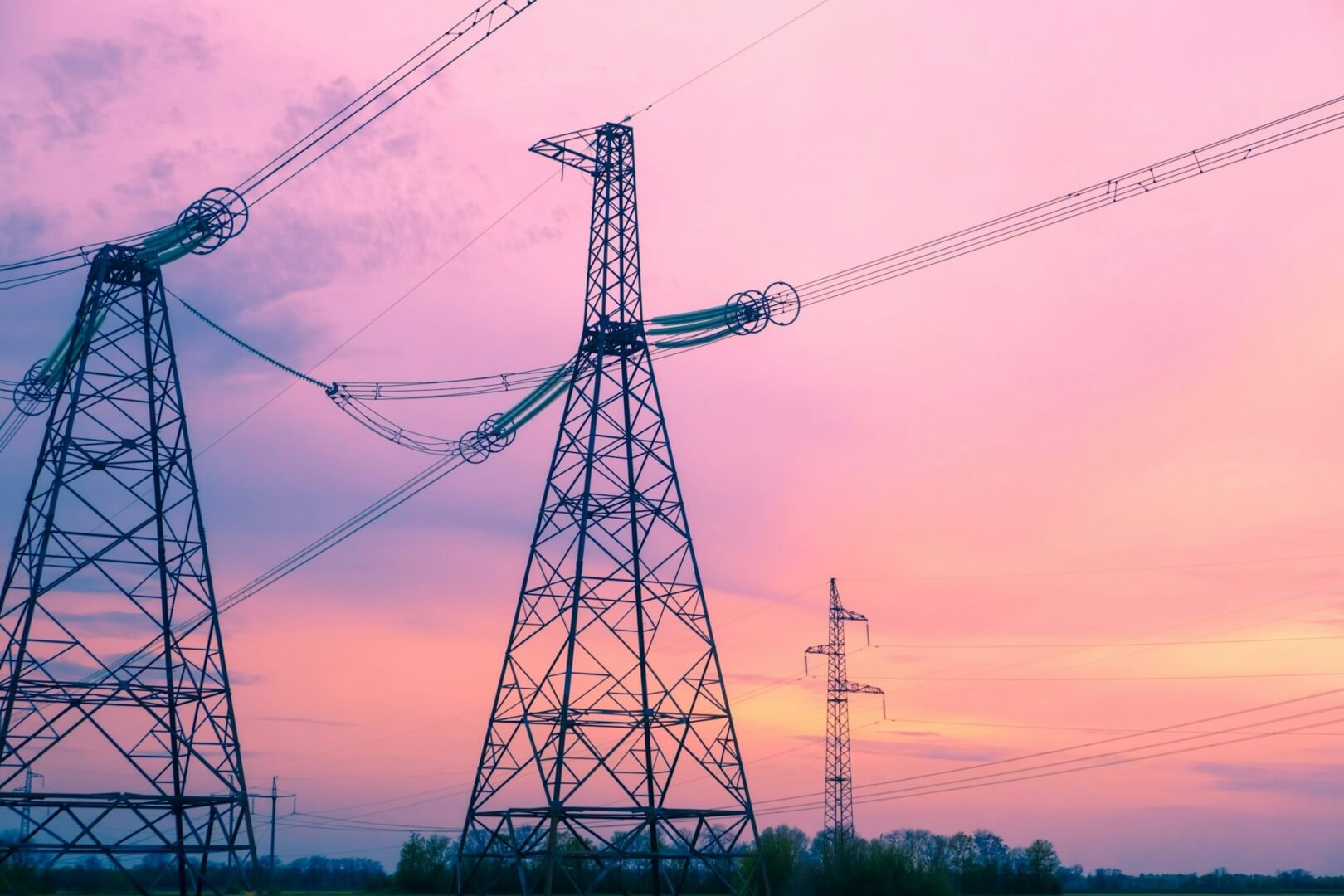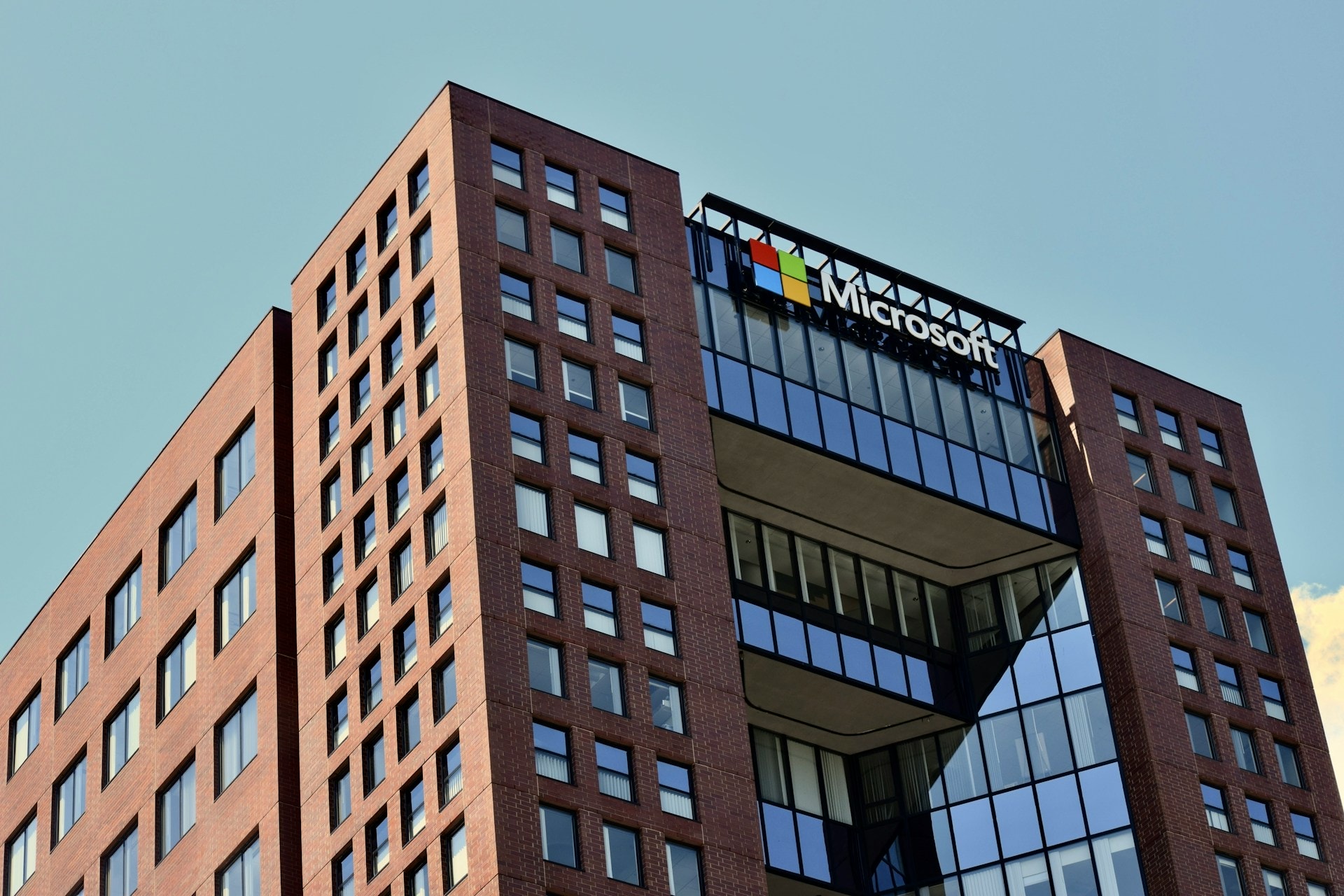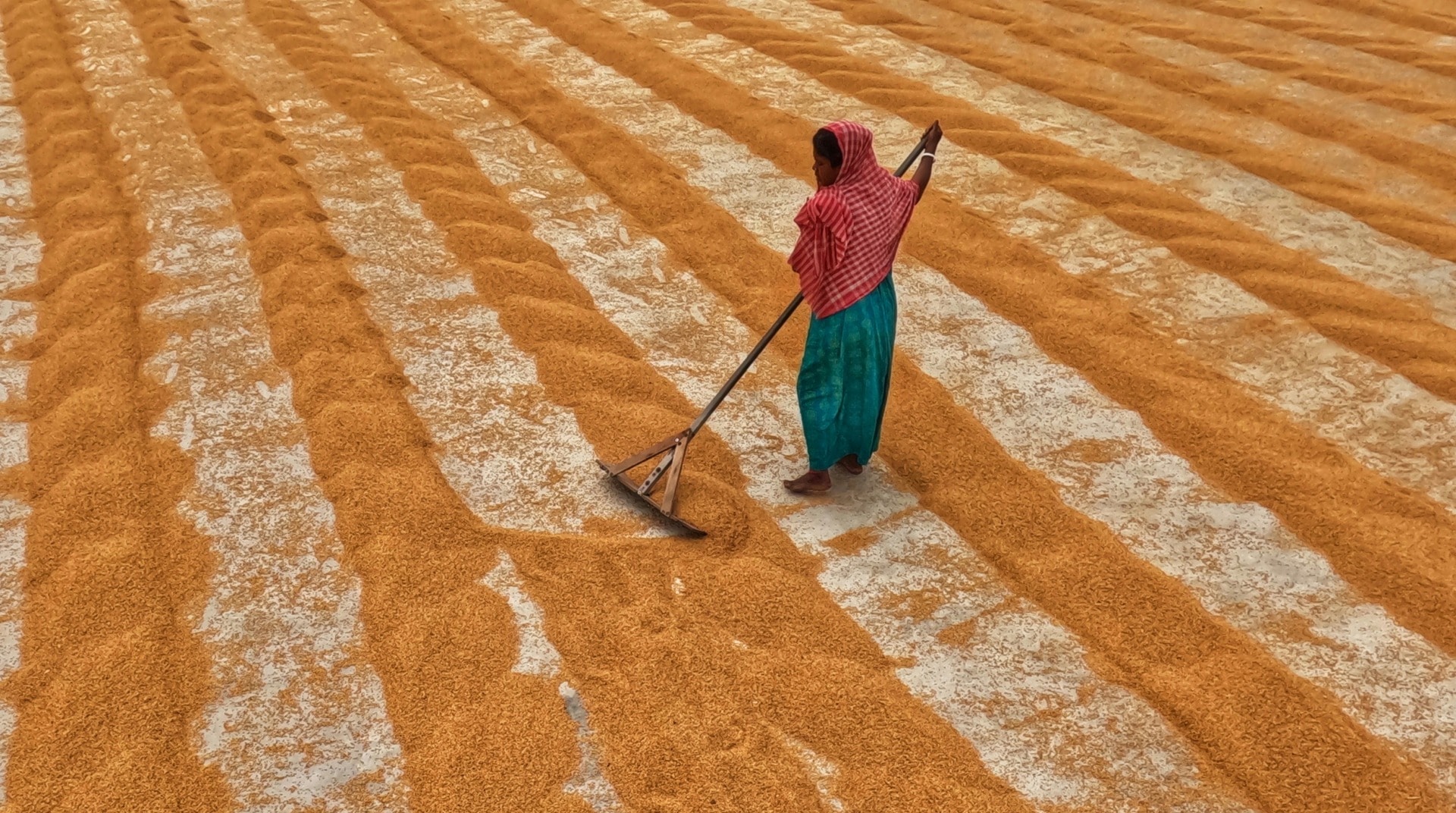The anti-apartheid movement in South Africa was one of history’s largest and best examples of the power of collective action working to take down corrupt regimes. Over a period spanning more than half a century, movements and leaders rose from the ground up to protest against the system of racial segregation and discrimination, culminating in Nelson Mandela becoming president of a newly formed government in 1994.
The end of apartheid didn’t end up solving all of the country’s problems though, and two and a half decades later the use of excessive force by the police, gender inequality, and human rights abuses persist. This has led to a return to the principles of collection action, a return that Grassroot now works to support.
Grassroot is a mobile platform that allows individuals to organize and coordinate between one another for the causes they believe in. Founded in South Africa by Luke Jordan, people can use Grassroot’s meeting, recording, and voting tools to spur greater communication and coordination, allowing them to focus on non-logistical needs. I spoke with Luke to discuss the inspiration behind Grassroot, its inclusive aim, and its impact on South African communities.
What was the original inspiration behind Grassroot?
Luke Jordan: There were two layers of rationale. One was a commitment to trying to help people take collective action together from the ground up and build social capital. Then there was this idea of using simple technology to try and enable that. Those things arrived at different times.
The initial commitment really grew out of my previous work. I was at McKinsey, then I was at the World Bank in China and India, and I’d been involved in policy dialogue for a while. In my work in India, I worked with a really extraordinary leader, a guy named Arun Maira who’d run BCG for ten years. In India he ran chunks of the auto industry, and he was brought into the Indian government to run their industrial policy. He was the counterpart I was talking to at the World Bank, and what was remarkable about him was that he came into this position and he had a bunch of ideas for what he thought should be done, like most people would, but instead of just assuming that his ideas were better than others, he went and looked at the shelf at what his predecessor tried to do, and realized that his predecessor tried to do pretty much all the things that he thought should be done. Then he asked, “what happened?” and people said “well, we ran into the sand,” and he kept digging. Eventually, he came to the realization that it wasn’t about bureaucratic inefficiency or governmental politics, but that every time they tried to do something, once it got down to the ground and the nuts and bolts it would run into sand because of contention and arguments and difficulties in people taking collective action. So he basically went from working on these grand policy ideas for industrial policy across the country to saying “we’ve got to figure out and fix is this ground-level ability of people to work together.”
Working alongside him and his coming to that realization basically convinced me to say that all of this policy research work that I was doing in these elite institutions was actually not that great for implementing change. It feels like it is, because you think that you’re getting these documents written and you sit in meetings with these important people, but at the end of the day it’s no accident that nothing you produce ever gets implemented. That’s because you’re working on the wrong problem. You should try to work on the right problem, which is this societal inability to take action. That’s when I said I’d like to work on that problem, and I should probably go home to South Africa because that’s where I’m from and that would seem like the right place to start working on this. That was the initial motivation, and that was the reason to work on something in this domain.
As to why I started an organization with technology, I came home and, again following the example that I learned from Arun, rather than just assuming that I knew what people needed doing it, I actually took some time to figure out what was happening and what people were doing. What I found out was that there was a lot of activity happening on the ground, and people were doing a lot, but technology access was very limited. No problem can be directly solved by technology, but the people who could solve these problems, community leaders and community members who were trying to get their people together and take action, were spending huge amounts of time and money trying to do really simple things like call a meeting. To call a meeting they had to hire somebody to get on the back of a pickup truck and drive around with a loudspeaker. To record a decision they had these thick notebooks that everybody had to go back and check to see they were paper-signed. They were basically losing a lot of time and energy to those tasks. I happened to know people who were software developers, and we thought, “maybe if we approach this in a way that we create simple tools to help them save that time and energy, that might be something that we can contribute.” That’s basically where Grassroot came from.
 In the Photo: A South African community organizer. Photo Credit: Grassroot.
In the Photo: A South African community organizer. Photo Credit: Grassroot.
Grassroot’s platform has a set of tools to enable mobilization and organization, could you talk more about them?
LJ: The tool that’s probably used the most is what we call the “meeting caller”, and it’s basically an online-to-offline way of notifying very large groups of people who have very diverse access to technology about communal gatherings, and to do that in a way that’s friction-free or as close to friction-free as we can get. It’s pretty straightforward. Most of the tools are pretty simple, we like simplicity. You create a community lead, and they create a group on Grassroot. When they do that they are provided with multiple ways for people to join that group. The community leader can add them to it, they can hand out a unique PIN code that somebody can just dial, they can be added to that group automatically, people can search for it and join it, there’re multiple different entry points. They then recruit as many of their community members onto that group as possible. We’ve gone through several iterations, a lot of iterations making that as painless as possible. When they have a meeting that’s coming up they’ll just go onto the platform, state the time, date, location, subject, and they’re done, and the platform will message everyone on the group and do some automatic reminders after that, as well as log and record dates and times and various other pieces of information.
Where the actual technology comes in, and what differentiates us from just tweeting that there’s a meeting happening, is that most of the technological work goes into making sure that if you’ve got a group of 3,000 people, of which 500-600 might have an active data connection and/or smart phone, and a few hundred might have a smart phone but no active data connection, and another 500-600 might have just an old feature phone, that across that whole diversity of users and use cases everybody gets the message, and everyone gets it in a way that allows them to be involved. Everybody can respond to the message one way or another, everybody can RSVP, and everybody who comes gets an acknowledgement that they’re coming.
Similarly, the second function is a voting tool. There are a number of online voting tools, most of them pay most of their attention to security-and ours is secure and relatively easy to use-but again most of the technological investment goes into making sure that even if you’ve got a 10 year old Nokia that costs $10 with almost no battery, you can vote on that topic even if you have no data, so most of it really goes into reaching those people at the bottom and making it simple for them to use. That means multiple languages, language availability, and simplicity in text and other tools.
The third tool is the “to-do recorder”, when the organizer needs the group to do something like provide some information back, collect identity numbers or addresses, or if they need a volunteer to just do something at a certain date. Those are the three primary tools.
It’s interesting that you mention Grassroot’s emphasis on improving and expanding access to these tools to everyone in the community.
LJ: Absolutely. I would probably say most of our time and effort goes into that last mile, that last mile of just making sure that that person who either doesn’t have a smart phone or can’t afford to pay for data use very often or has a lousy connection can both access the platform and can access the platform in way that’s not a horrific user experience. It’s not just “here’s an endpoint”, but here’s an endpoint that we try to design with them in mind so that they actually can use it in a way that’s relatively natural.
 In the Photo: A group of South African community organizers. Photo Credit: Grassroot.
In the Photo: A group of South African community organizers. Photo Credit: Grassroot.
What unique challenges have the people in South Africa faced with collective action, and how has Grassroots helped solved them?
LJ: The fundamental context is that in South Africa, in the fight against apartheid, the anti-apartheid movement brought about a really exceptional infrastructure of collective action in marginalized and impoverished communities. That infrastructure is what really sustained the fight against apartheid, and it was extremely impressive. Down to every neighborhood, every block would have block committees that fed into street committees, etc. It was a really strong infrastructure.
Then when the country transitioned to democracy after 1994, that whole infrastructure basically got stood down. There was a moment just after 1994 when there was a lot of policy discussion and a lot of public discussion about whether or not to use this infrastructure and turn it into the grounds for participatory democracy, and for various reasons the proponents of that lost. For a mix of reasons, a lot of the people who led that infrastructure moved into government, and government structures themselves took more of a managerial perspective. There were a bunch of reasons, but basically a large part of that infrastructure either got co-opted into factional political battles or got stood down or atrophied. For about 10 years a lot of that went away.
Starting after 2004 but really accelerating after 2009, a lot of the energy in those communities came back. People really started to try to organize and mobilize again, but by then that kind of infrastructure was gone. There was this legacy where everybody could remember the fact that there had been all of this collective action and how much had been achieved and what it had done, but the all-important infrastructure had gone, and to be honest even if it had stayed it might not have been the right thing for the time. So what happened was, and what continues to happen in a lot of places, is a lot of that frustration got channeled into protests, and we have some of the highest rates of protest per capita in the world. In addition, there’s a state and a local government that has a culture of looking askance at any other organization that claims to represent people. There’s this energy and movement that doesn’t really have that many channels to go into, although there are more and more such channels, meeting a state that’s not that prepared to listen. That was the context, and I think that’s what made us think people needed these tools that we can provide them that could help quite a bit.
While there’s still this energy and memory of what it was like, there’s also a lot of conflict and tension at the local level. I should mention there are some parts of the country where that actually means violence. One of our partners, a very strong ground-up movement called Abahlali BaseMjondolo, which basically means “The People who Live in Shacks”, saw three of their branch leaders/activists get murdered because of factional political battles on the ground, and the province they are in is known for having quite violent local politics. It’s less severe in other parts of the country, but that happens. It’s this mix of memory and altered context and factions that’s pretty complex.
What impact has Grassroot had on South African communities? Are there any figures or stories to share?
LJ: It’s early, and we think about this as a very long game, so that’s my preface on this. A huge amount of research on what ultimately leads to change and social outcomes says that the first derivative of change is the quality of institutions and policies put in place in governments and society. Most of the research on what determines that says that’s where things like social capital, collective action, joint action and strength of community, and the ability of communities to hold government to account comes into play. We’re basically providing tools for that, we’re working on the second or third derivative of change, which we do because we believe that in the long-term that will have by far the largest impact. But that also means that we have to wait a very long time for that impact to come through. We’ve been going for two years now, and we have things that we look for that tell us if we’re on the right track, but this is still very explicitly a 5-10 year outlook that we’re working on.
In terms of what we’ve seen in raw numbers, we’ve reached just over 55,000 people, over 6,500 meetings have been called, and roughly 10,000-11,000 tasks are being conducted overall at a rate of 600-700 a month. Particularly in 2016-2017 we’ve been relatively comfortable with user uptake. But chasing user numbers for its own sake is not really what we’re about, it’s more about stories of change.
We’ve seen several of those, one of which came from a community called Tshepison. We basically came into contact with them as they started building their community organization. They’ve now gone from an informal settlement to a more organized community, and there are some phenomenal leaders there. We don’t claim credit for this, we enable people who actually create the impact. They’ve integrated Grassroot into their work from the beginning, and they now have a couple thousand people in their Grassroot group. At one point they said to us, “if the meeting call doesn’t happen through Grassroot, then we don’t consider it a real meeting.” That was pretty big for us.
One of the very subtle things that we’ve found is that in a couple of places members are not used to being included in pieces of technology. They’re used to seeing technology as something foreign, alien, and that only wealthy people have access to. So the fact that they’re now getting these messages that are customized for them, that have their name and include them, creates a slightly greater sense of belonging and dignity. They’ve said several of their members will sometimes stand up in meetings and say, “I now feel like I am more part of this, I feel like I have a greater sense of dignity because I’m getting something, I’m having technology work for me in a way that I thought was restricted to wealthy people who have more access.”
We’re also seeing at a group/collective level a couple of these groups saying “the community groups that we help might be engaged in conflict within these communities.” It’s not like people are singing kumbaya on the ground, these are conflictual areas, and community-driven initiatives might be in conflict with political organizations that are more patronage-driven, where there’s somebody locally who everyone knows is corrupt but has access to resources. If you’re poor this is a very difficult decision, and some of these groups have said to us in this conflict that having access to the platform means that they get seen as bringing technology to the community, and that actually increases esteem and therefore increases the ability to organize and mobilize, versus people who can have other sorts of resources. We’re giving an additional resource to people and helping to level that playing field.
At a broader level, with many of the communities that we work with we are seeing the original goal come through. Some people will tell us, “we don’t have to get that guy to drive around in the pick-up truck anymore, and that saved us money that we can now use to buy bread for when people go out on a march.” Or “as a leader I used to spend 30-40% of my time just doing these logistics, now I’m putting that aside to expand our reach and trying to learn about additional policies or take additional action.” We’ve seen that in probably most of the places where we’ve worked for a while now.
 In the Photo: Community action. Photo Credit: Grassroot.
In the Photo: Community action. Photo Credit: Grassroot.
What does the future of Grassroot look like in your eyes?
LJ: There are two dimensions to that, one is just generally scaling up to become a presence nationwide and getting density. With regards to community work and ground-up work we’d like to expand our reach, deepen our presence where we’re already engaged, and replicate the number of stories.
The second dimension is that we are now engaging more with larger scale institutions. We’re trying to talk to various local governments and larger civil society organizations, and create partnerships with other organizations that are running campaigns and would like to plug whatever campaign they’re running into tools that can help them reach the people that we work with or are able to reach. In addition, we’re now talking to new-style labor organizations and other new-style organizing institutions. There we’re in the process of working on a couple of larger-scale partnerships with larger-scale institutions and other civil society organizations that are working on some various things. Those are the two dimensions, on the one hand broadening and deepening our reach in our ground and field work, and on the other striking these partnerships with these other various large-scale organizations.
RELATED ARTICLES:
Empty Trips is moving Africa – An interview with Benji Coetzee
Stimulating Innovation and Partnerships With Africa’s Trust Fund
Post-Apartheid Inequality in South Africa














